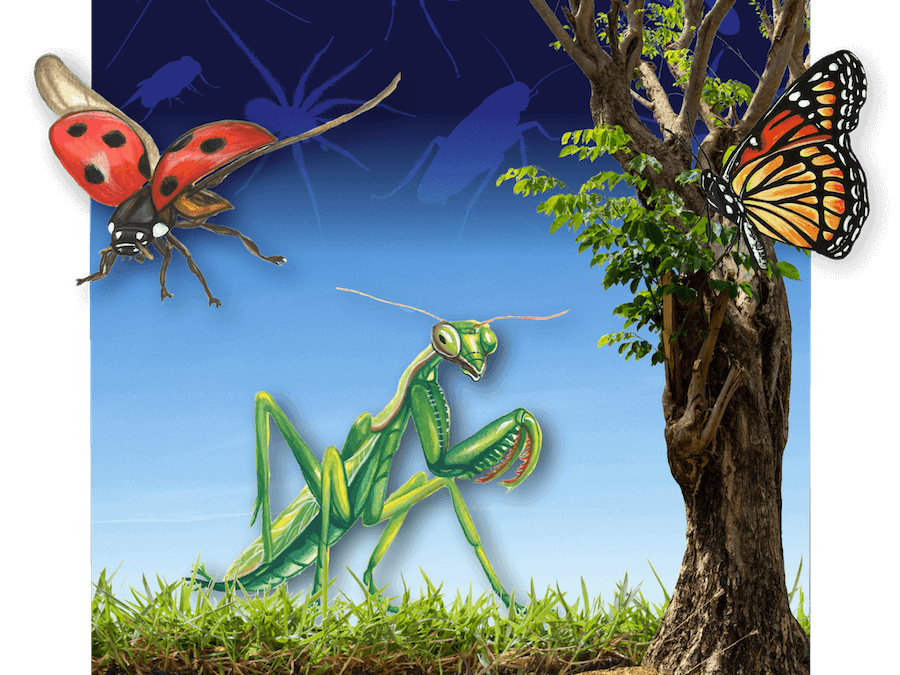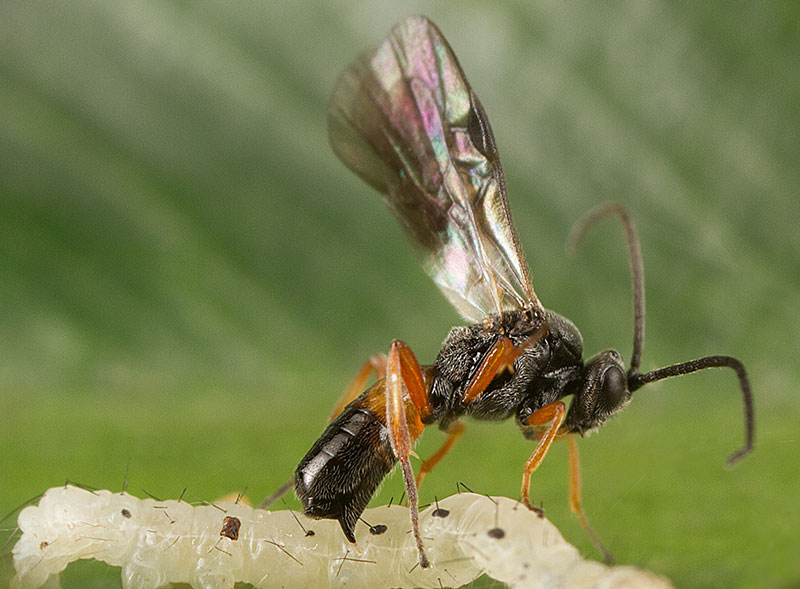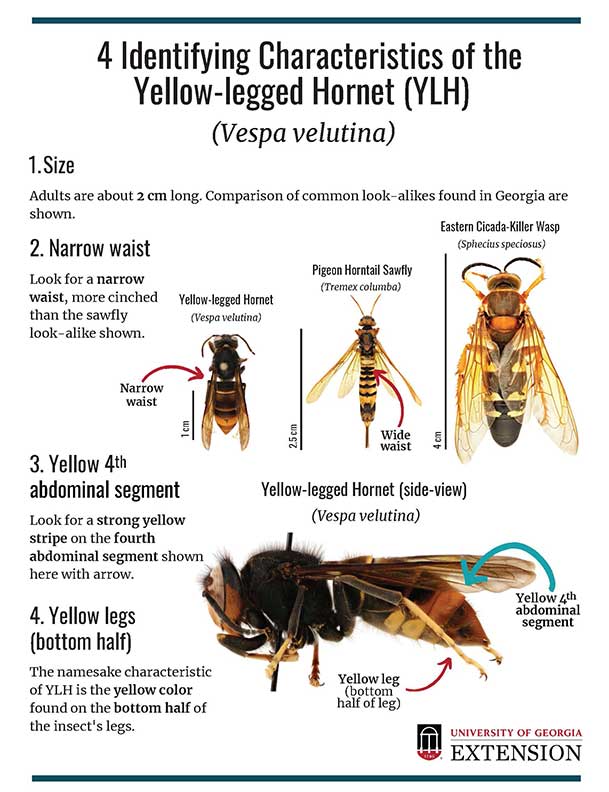 The Georgia Department of Agriculture (GDA), the U.S. Department of Agriculture (USDA) and the University of Georgia College of Agricultural and Environmental Sciences (CAES) have confirmed the discovery of a yellow-legged hornet in Georgia for the first time. This is the first detection of live yellow-legged hornets in the open United States.
The Georgia Department of Agriculture (GDA), the U.S. Department of Agriculture (USDA) and the University of Georgia College of Agricultural and Environmental Sciences (CAES) have confirmed the discovery of a yellow-legged hornet in Georgia for the first time. This is the first detection of live yellow-legged hornets in the open United States.
GDA, USDA and CAES are asking the public to report any sightings of the yellow-legged hornet (also known as YLH and Vespa velutina), a non-native species that, if allowed to establish in Georgia, could potentially threaten honey production, native pollinators and the state’s No. 1 industry, agriculture.
In early August, a beekeeper in Savannah, Georgia, found an unusual hornet on his property and reported it to the GDA. CAES experts identified the insect as a yellow-legged hornet, a finding confirmed by the USDA’s Animal and Plant Health Inspection Service (APHIS).
Like all stinging wasps and bees, the yellow-legged hornet poses a sting risk to persons and pets, especially for those who suffer from allergic anaphylaxis, but this is not a major public health risk for Georgians, according to UGA entomologists Keith Delaplane and William Hudson.
However, the yellow-legged hornet represents a serious threat to Georgia’s beekeeping industry, said Delaplane, director of the UGA Bee Program and a professor in the CAES Department of Entomology.
“The hornet is a voracious predator of honey bees. Even if it fails to kill a colony, its threatening behavior at hive entrances can intimidate bees from foraging and cause the colony to decline,” Delaplane said. "Its nickname is the 'bee hawk' for good reason. They're very agile — they can swoop down and capture honeybees in the air and from the front of their hives, and in this manner, a few individuals can depopulate an apiary over a matter of days. This is an aggressive problem. This will be something that beekeepers will have to learn to deal with, whether through trapping or through methods of excluding them from their hives.”
While the public may equate the discovery of the yellow-legged hornet in Georgia with the discovery of the northern giant hornet, previously known as the Asian giant hornet, in Washington state in 2020, Delaplane emphasized that this is not the same hornet. There have been no sightings of the species dubbed the “murder hornet” confirmed by the USDA since 2021.
“This is not the same insect, but as far as its depredations of honeybees, it is at least as bad,” Delaplane added. “This is unwelcome news. We are talking about a beekeeping industry that is already beleaguered with other biotic problems such as exotic diseases and pests and this is one more stressor that they will now have to deal with. For beekeepers, this is a grave concern.”
Beekeeper-oriented information on the yellow-legged hornet is available on the UGA Bee Program website.
Georgia consistently ranks within the top 20 states for honey production and within the top three for production of package bees and queens. Honey bees and other pollinators contribute more than $480 million to Georgia’s agriculture economy.
"Georgians play an important role helping GDA identify unwanted, non-native pests, and I want to thank the beekeeper who reported his sighting to us, as well as our partners at University of Georgia and USDA Animal and Plant Health Inspection Service for working swiftly to confirm its identity," said Georgia Agriculture Commissioner Tyler Harper. "Our experienced team of professionals will continually assess the situation and are working directly with USDA APHIS to trap, track and eliminate the yellow-legged hornet in Georgia. "
The yellow-legged hornet is a social wasp species that constructs egg-shaped paper nests above ground, often in trees. These nests can become large, housing an average of 6,000 workers. The yellow-legged hornet is native to tropical and subtropical areas of Southeast Asia. It is also established in France and has been found throughout Western Europe.
UGA scientists and GDA are consulting with colleagues in Washington state and Europe to draw on their experience and formulate a plan for eradication, surveillance and management.
Hudson, an entomologist with UGA Cooperative Extension, emphasized that Extension agents throughout Georgia are available to assist the public with information on the yellow-legged hornet and as a resource for those wishing to report possible sightings.
“We have a lot of information and a lot of expertise, and we stand ready to help,” Hudson said.
APHIS and GDA will set out traps and survey for this pest to determine if additional yellow-legged hornets are in the area. If a colony is discovered through reporting, trapping or tracking, the colony will be eradicated. APHIS is providing technical expertise, technology and outreach support as well as analyzing the hornet’s DNA to determine if it is related to European populations of this species.
Experts caution that there are many domestic lookalikes to the yellow-legged hornet that are native to the U.S. and do not pose a threat to honey bees. USDA has a hornet identification tool with specific information to help differentiate the yellow-legged hornet from other species.
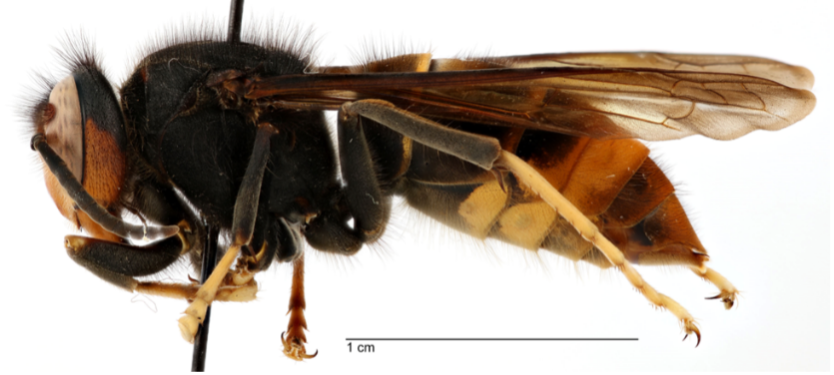
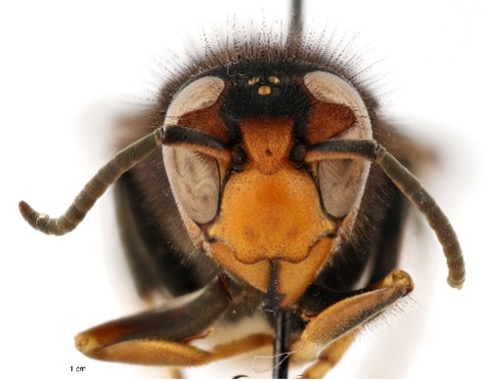
“The GDA and APHIS will continue to provide public outreach and education about the hornets and encourage the public to document and report hornet sightings. However, yellow-legged hornets can be dangerous, and we encourage everyone to use caution in the event of a sighting,” APHIS said in a statement.
GDA’s website has been updated with additional information regarding the yellow-legged hornet and an easily accessible form to report potential sightings. This information is prominently displayed on the GDA homepage. Georgians with additional questions or concerns are encouraged to email yellow.legged.hornet@agr.georgia.gov.
Georgians reporting suspected specimens should include the following information:
- Your name and contact information.
- The location of the sighting/attack.
- The date of the sighting/attack.
- If you can, safely take photograph(s) of the hornet (we generally can only confirm a report with a photo or specimen).
- The location and approximate altitude of the nest if found (Is it in a tree? Approximately how high is the nest?).
- If you have no photo, please include a description of the size of the insect, the color of the head and body, and what it was doing.
- Description of the hive loss/damage (if no photo is available).
- The direction the hornet(s) flew when flying away.
If you believe you saw a yellow-legged hornet in another state or province, please report it to the Department of Agriculture for that state or province.

